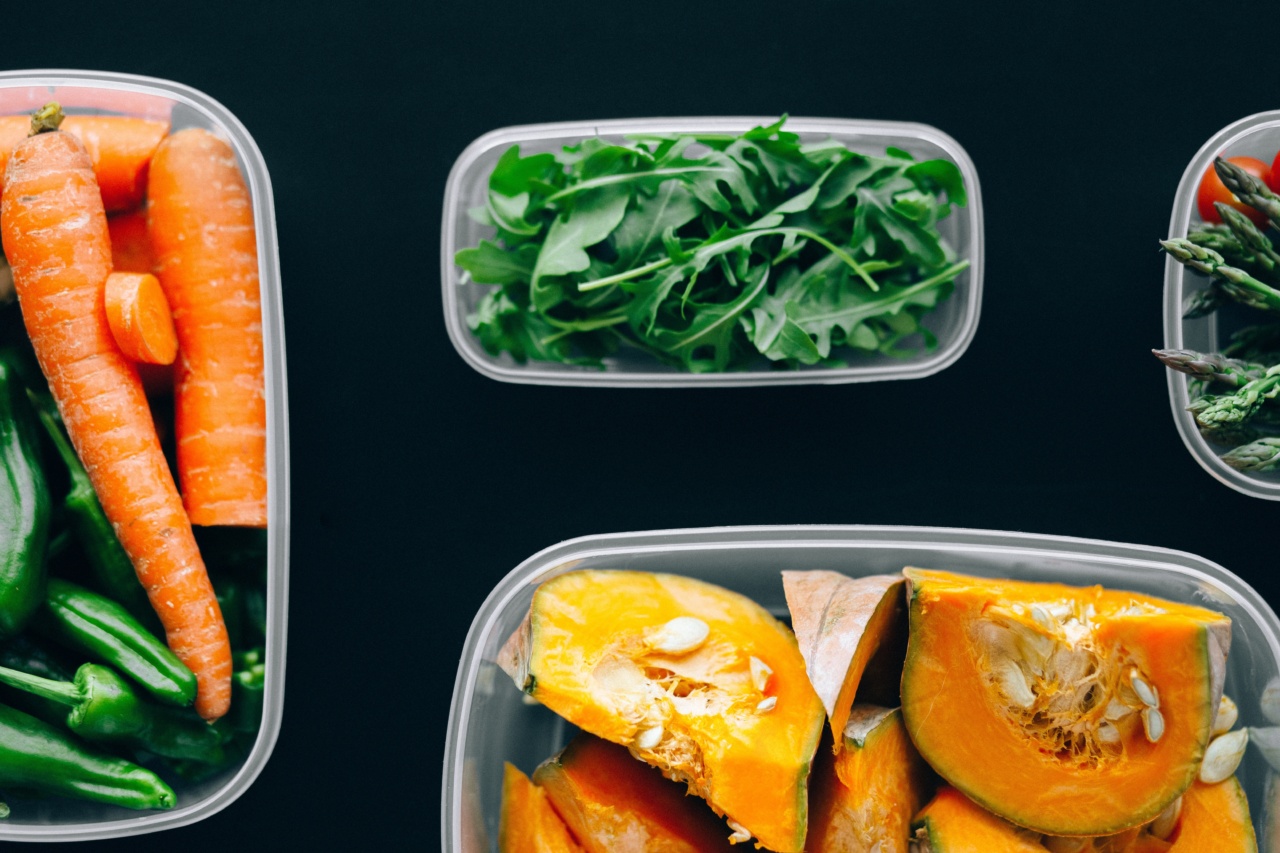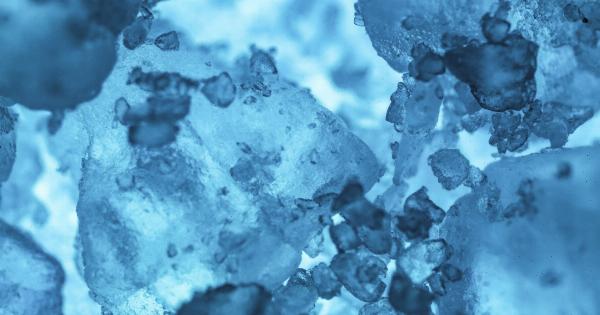Foodborne illnesses are pretty common and can be caused by many different types of harmful bacteria, viruses, and parasites. Among these bacteria, salmonella and E.
coli stand out as particularly dangerous and can cause severe symptoms such as abdominal cramps, vomiting, and diarrhea.
These bacteria can easily contaminate food during production, processing, transportation, and storage. As a result, it’s important to be aware of which foods are more likely to contain them to minimize the risk of infection.
Here are some of the main culprits:.
1. Raw or undercooked meat and poultry
Raw or undercooked meat and poultry, especially beef, pork, and poultry, are big carriers of salmonella and E. coli.
These bacteria can be present on the surface of the meat or within the meat itself, and can spread to other surfaces and utensils during cooking and handling. To minimize the risk of infection, make sure to cook your meat and poultry thoroughly, use separate cutting boards and utensils for raw and cooked meat, and wash your hands and surfaces thoroughly after handling raw meat.
2. Raw and undercooked eggs
Raw or undercooked eggs and egg products like mayonnaise, hollandaise sauce, and Caesar dressing are also big carriers of salmonella. The bacteria can be present both on the exterior of the shell and within the egg itself.
To minimize the risk of infection, make sure to cook eggs until the whites and yolks are firm, use pasteurized eggs or egg products, and avoid consuming raw or undercooked eggs and dishes that contain them.
3. Raw and undercooked seafood
Raw or undercooked seafood, particularly raw oysters, clams, mussels, and shrimp, can also carry salmonella and other harmful bacteria. These bacteria can be present in the water where the seafood was harvested and can infect the seafood as it grows.
To minimize the risk of infection, make sure that seafood is cooked thoroughly before consuming, and avoid eating raw or undercooked seafood in areas where food handling standards may be less strict.
4. Unpasteurized milk and cheese
Raw or unpasteurized dairy products such as milk, cheese, and yogurt can carry E. coli, salmonella, and other bacteria that can cause foodborne illnesses.
These bacteria can be present in the milk of infected animals and can be spread to milk and dairy products during processing and storage. To minimize the risk of infection, make sure to consume milk and dairy products that have been pasteurized, boiled, or treated with ultraviolet light to kill any harmful bacteria.
5. Raw fruits and vegetables
Raw fruits and vegetables can also carry salmonella and other harmful bacteria if they are grown or harvested in contaminated soil or come in contact with contaminated water or hands during processing and transportation.
To minimize the risk of infection, make sure to wash your produce thoroughly with cool running water before consuming or cooking, and avoid consuming raw or undercooked sprouts and leafy greens.
6. Uncooked flour, raw nuts, and seeds
Raw nuts and seeds like almonds, peanuts, and pumpkin seeds can carry salmonella and other harmful bacteria if they are not roasted or cooked thoroughly. Uncooked flour can also contain harmful bacteria such as E.
coli, which can cause foodborne illnesses like E. coli infection. To minimize the risk, make sure to roast or cook nuts and seeds before consuming, and avoid consuming raw flour or dough.
7. Processed and pre-packaged foods
Processed and pre-packaged foods such as salads, deli meats, and hot dogs can also carry salmonella and E. coli if they are not stored, handled, and cooked properly.
These foods can be contaminated during processing and transportation, as well as during storage and handling at home. To minimize the risk of infection, make sure to consume these foods before their expiration date, follow the storage and handling instructions, and cook them thoroughly before consuming.
8. Pet food and treats
Pet food and treats can also carry salmonella and other harmful bacteria that can cause foodborne illnesses in both humans and pets. These bacteria can be present in the raw meat and animal products used in pet food and treats.
To minimize the risk of infection, make sure to handle pet food and treats carefully, wash your hands and surfaces after handling them, and avoid feeding your pets raw or undercooked food.
9. Water and ice
Contaminated water and ice can also carry harmful bacteria such as salmonella and E. coli. These bacteria can be present in the water source, especially if it is untreated or contaminated with sewage or animal waste.
To minimize the risk of infection, make sure to drink and use water that has been treated or boiled, and avoid consuming ice from untrusted sources.
10. Unwashed hands and utensils
Finally, unwashed hands and utensils can also be a big source of contamination with salmonella and E. coli.
These bacteria can be present on the surface of your hands, utensils, and other surfaces and can easily spread to food and other surfaces during handling and preparation. To minimize the risk of infection, make sure to wash your hands with soap and water before and after handling food, use separate cutting boards and utensils for raw and cooked food, and sanitize your surfaces and utensils regularly.






























